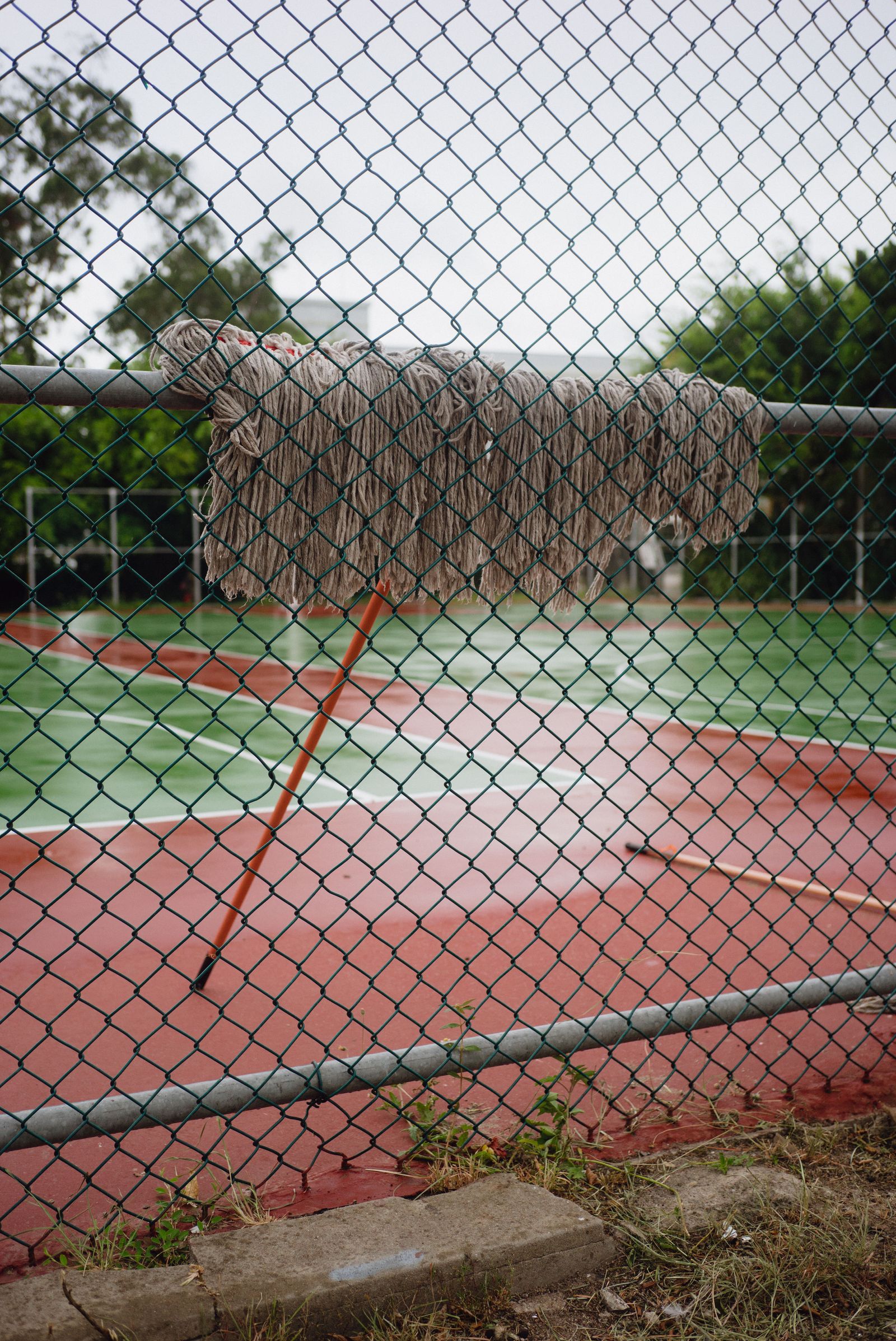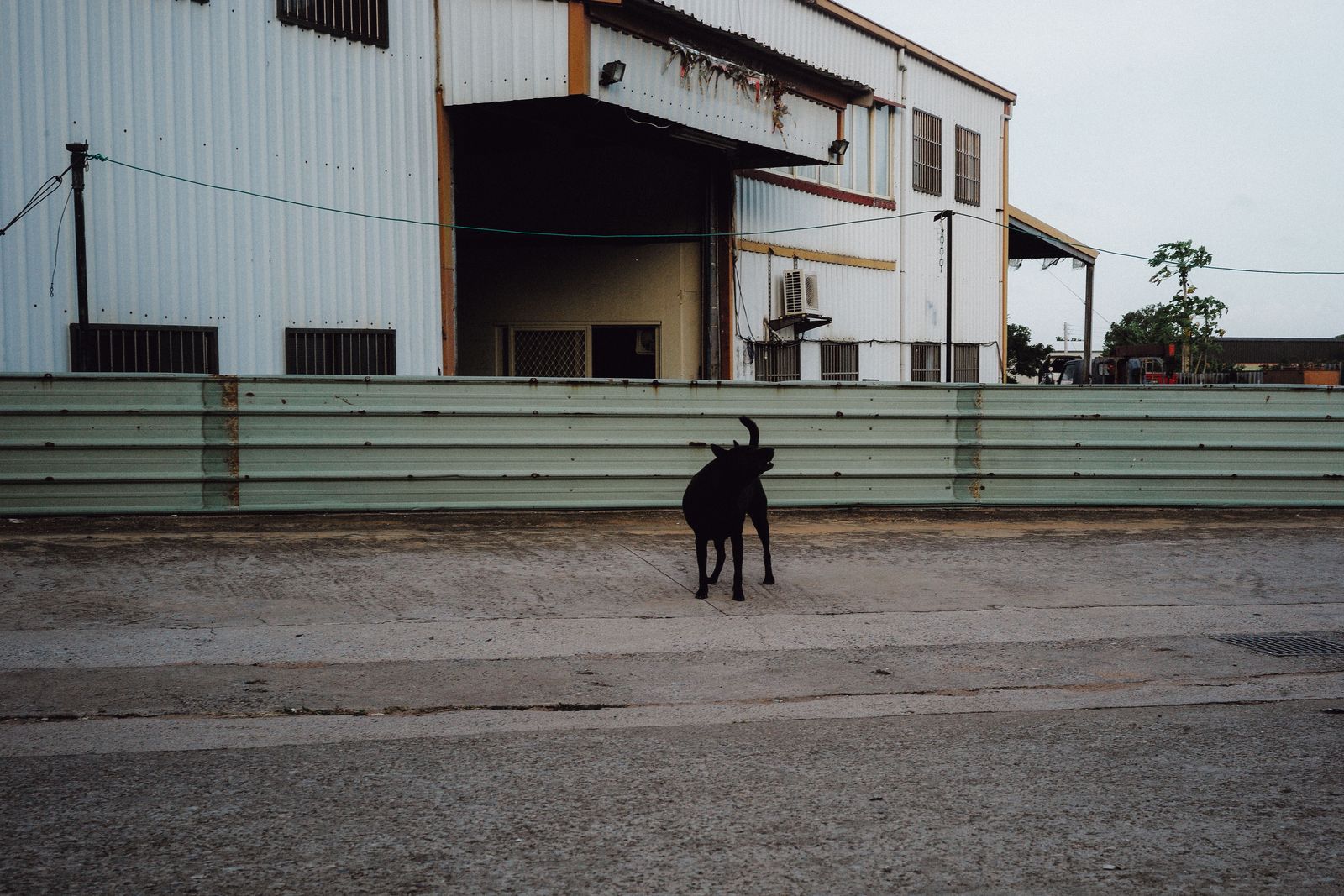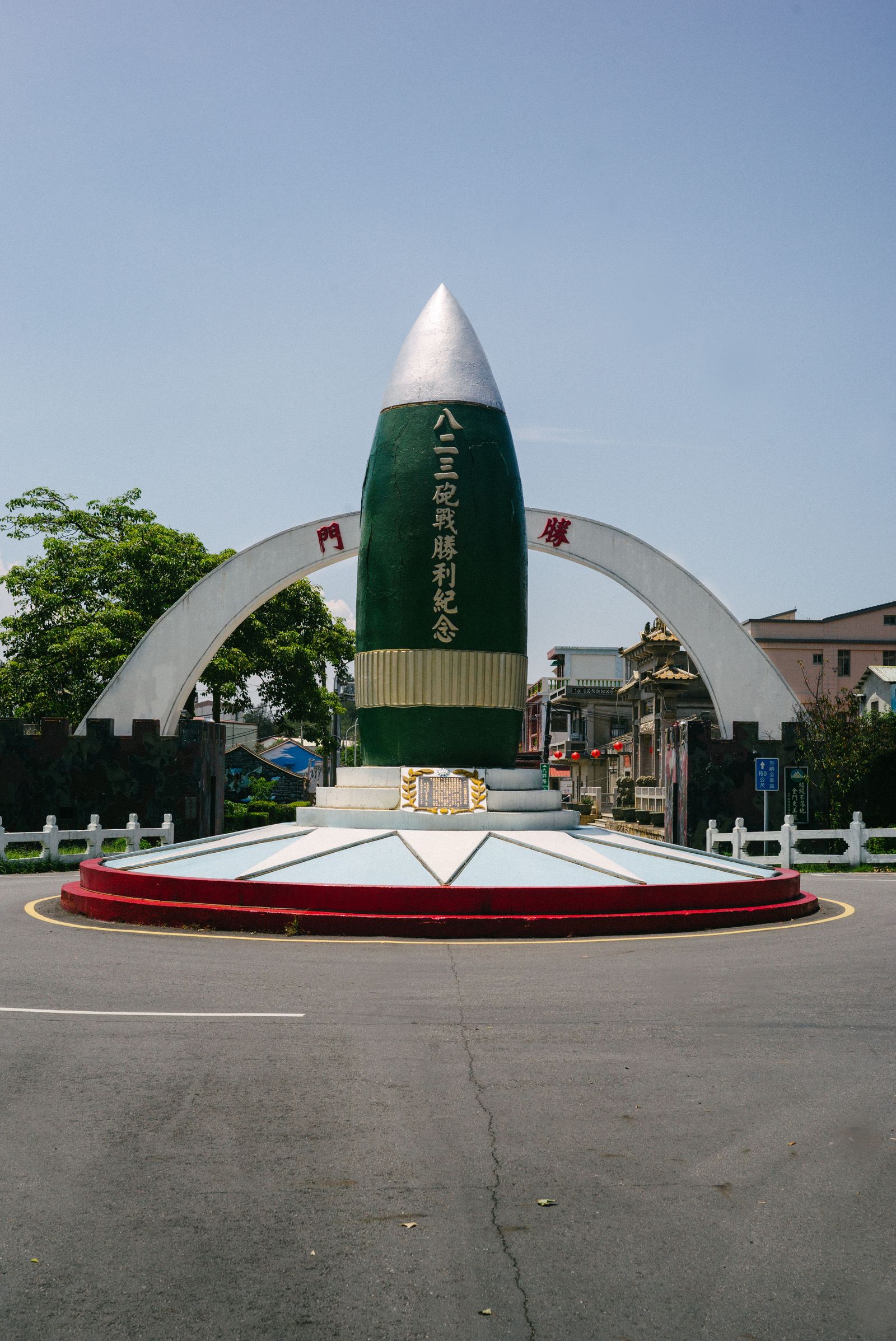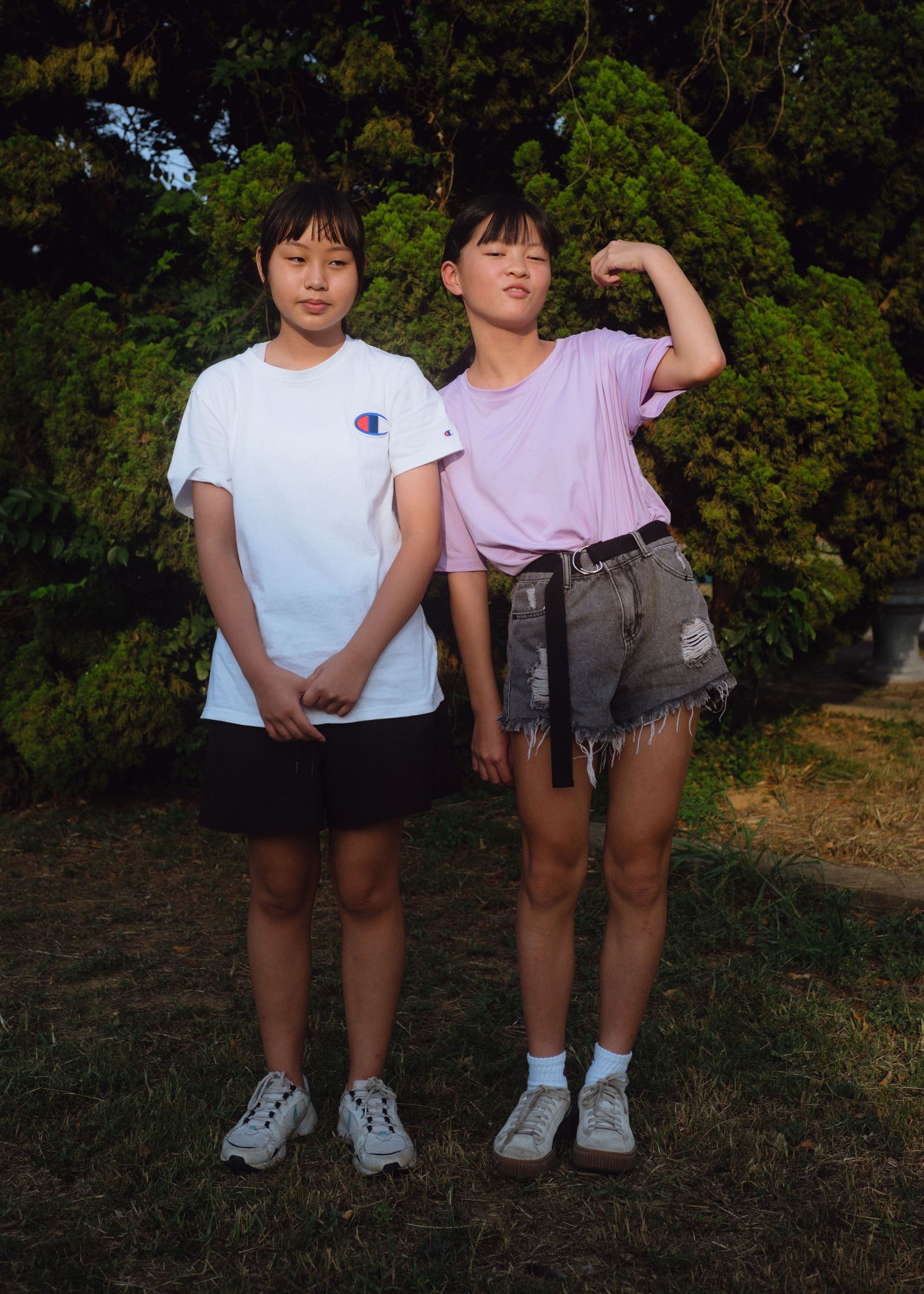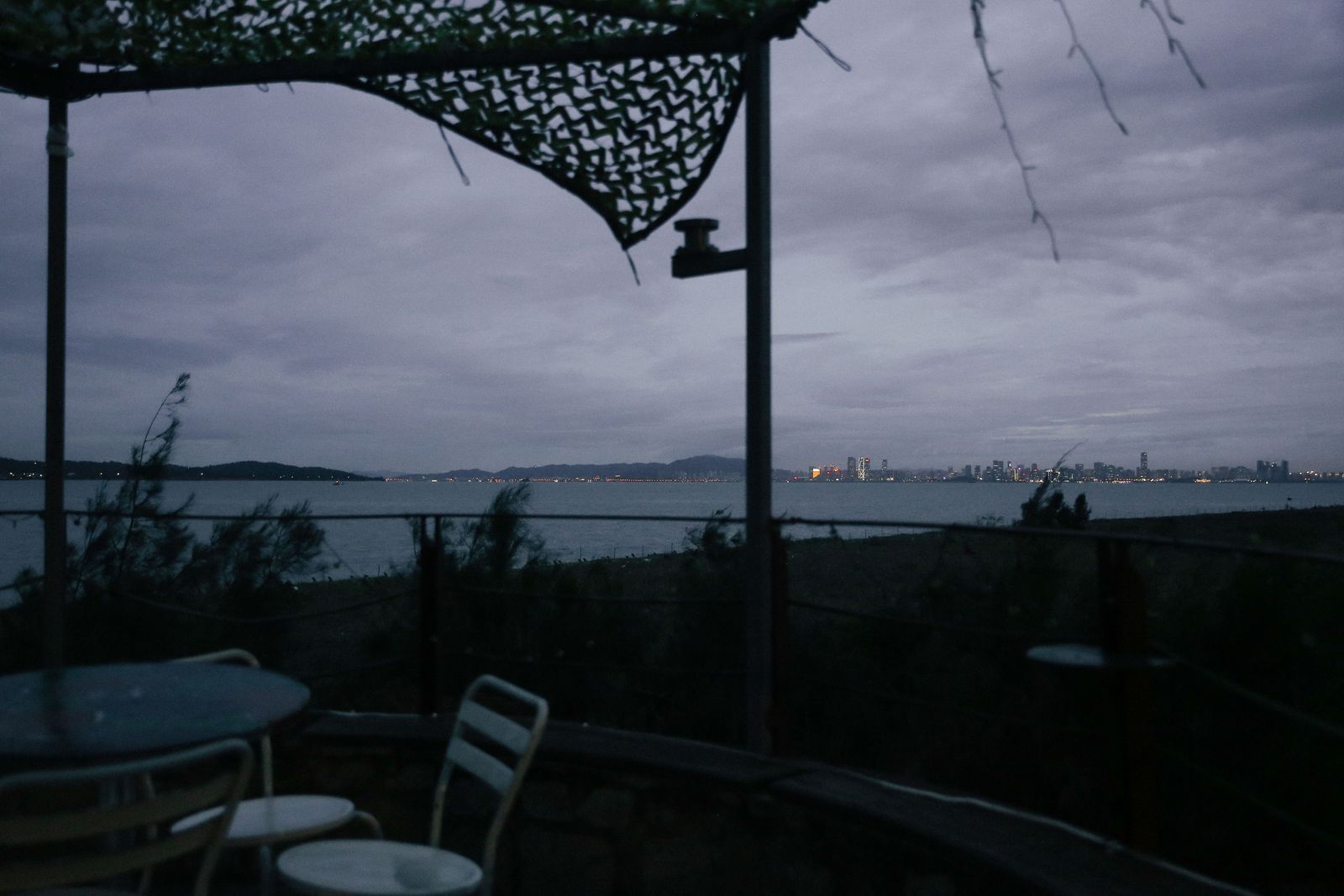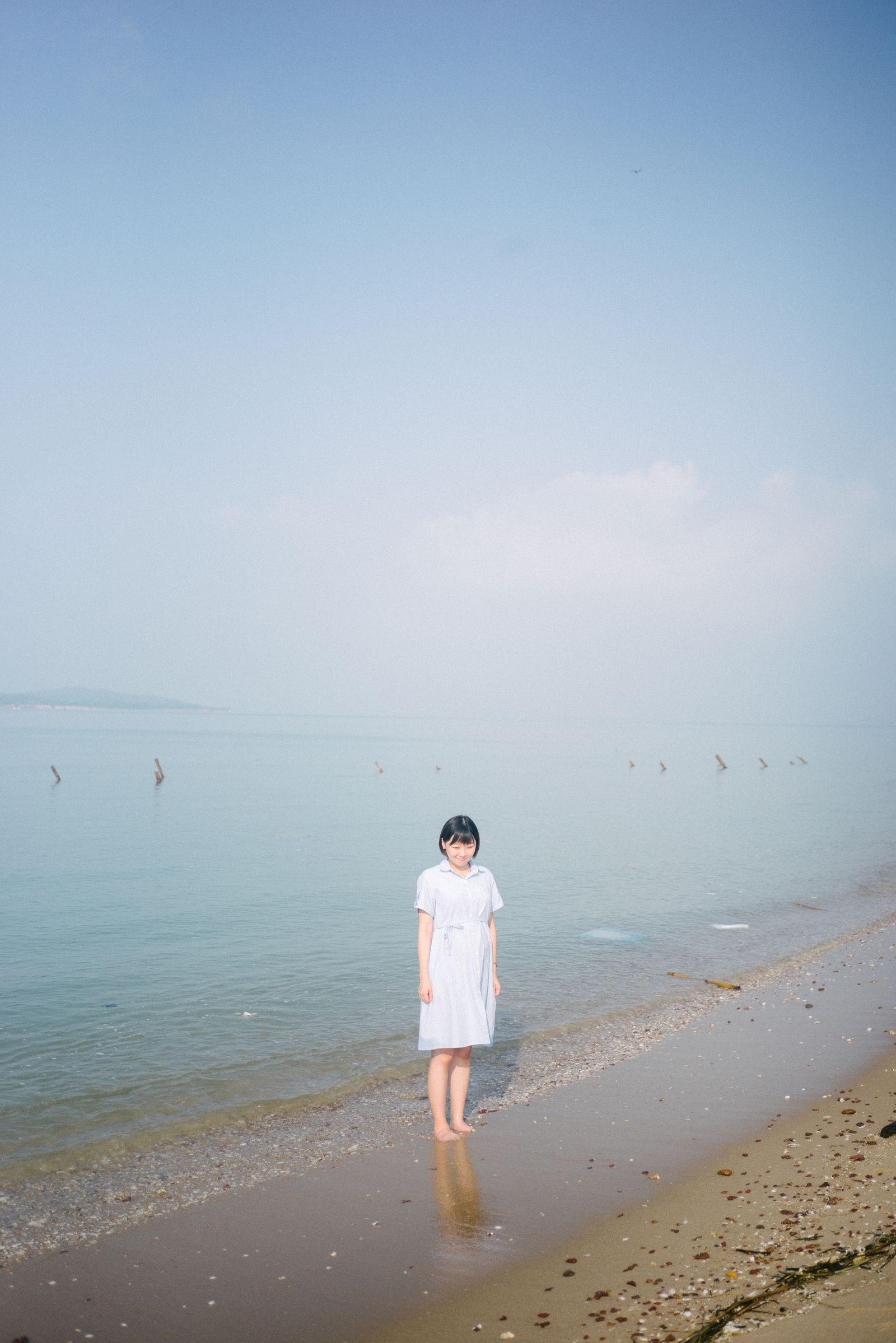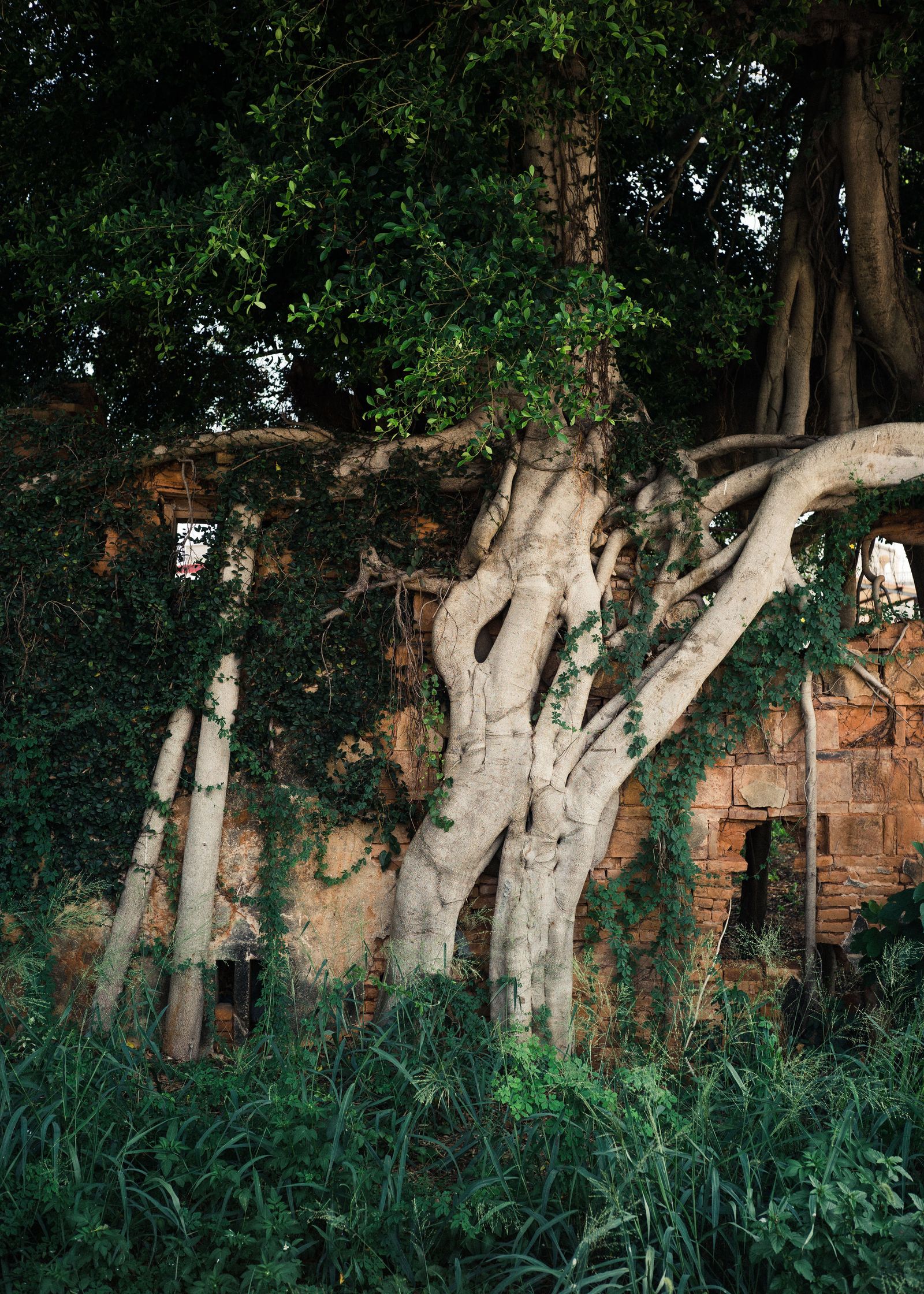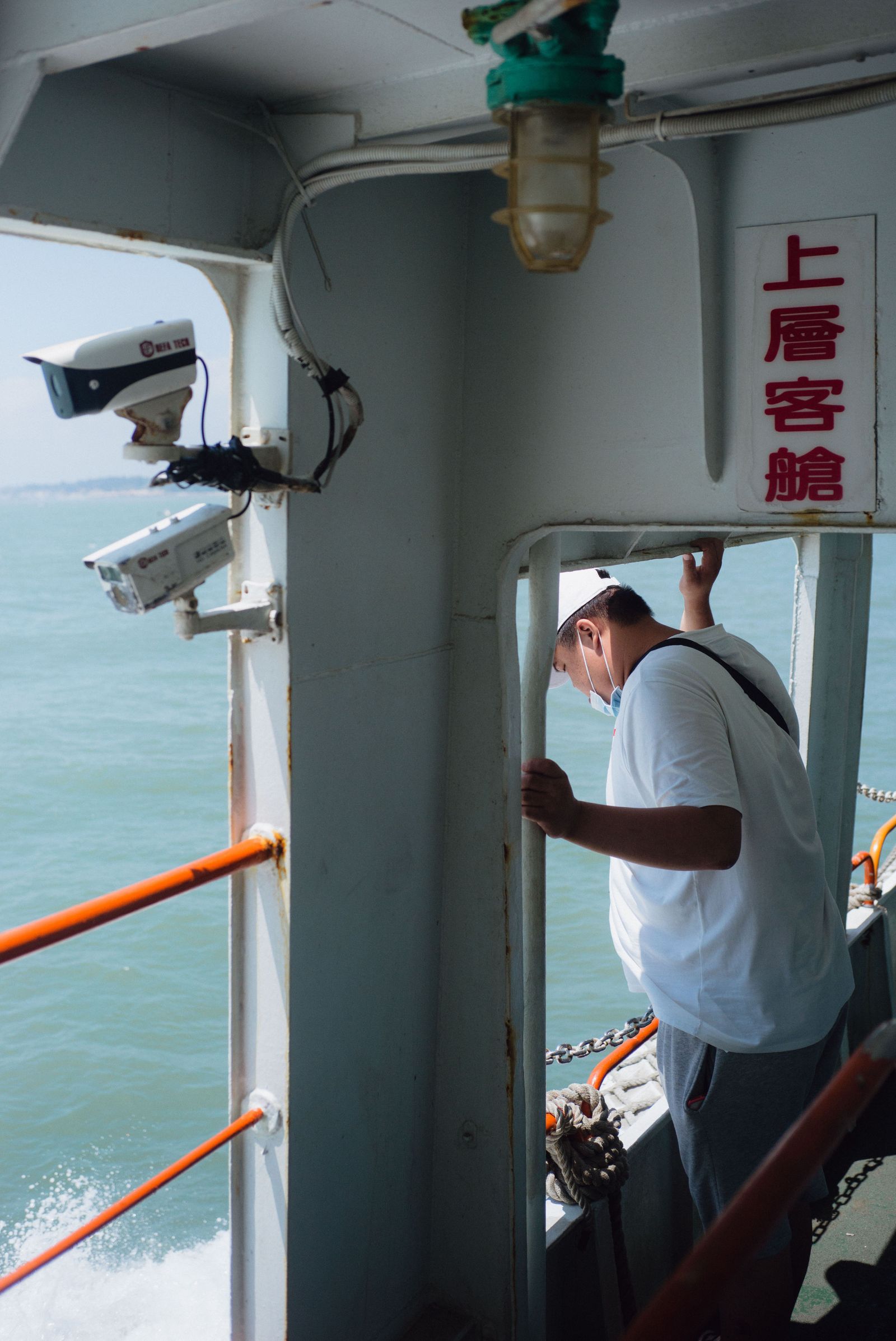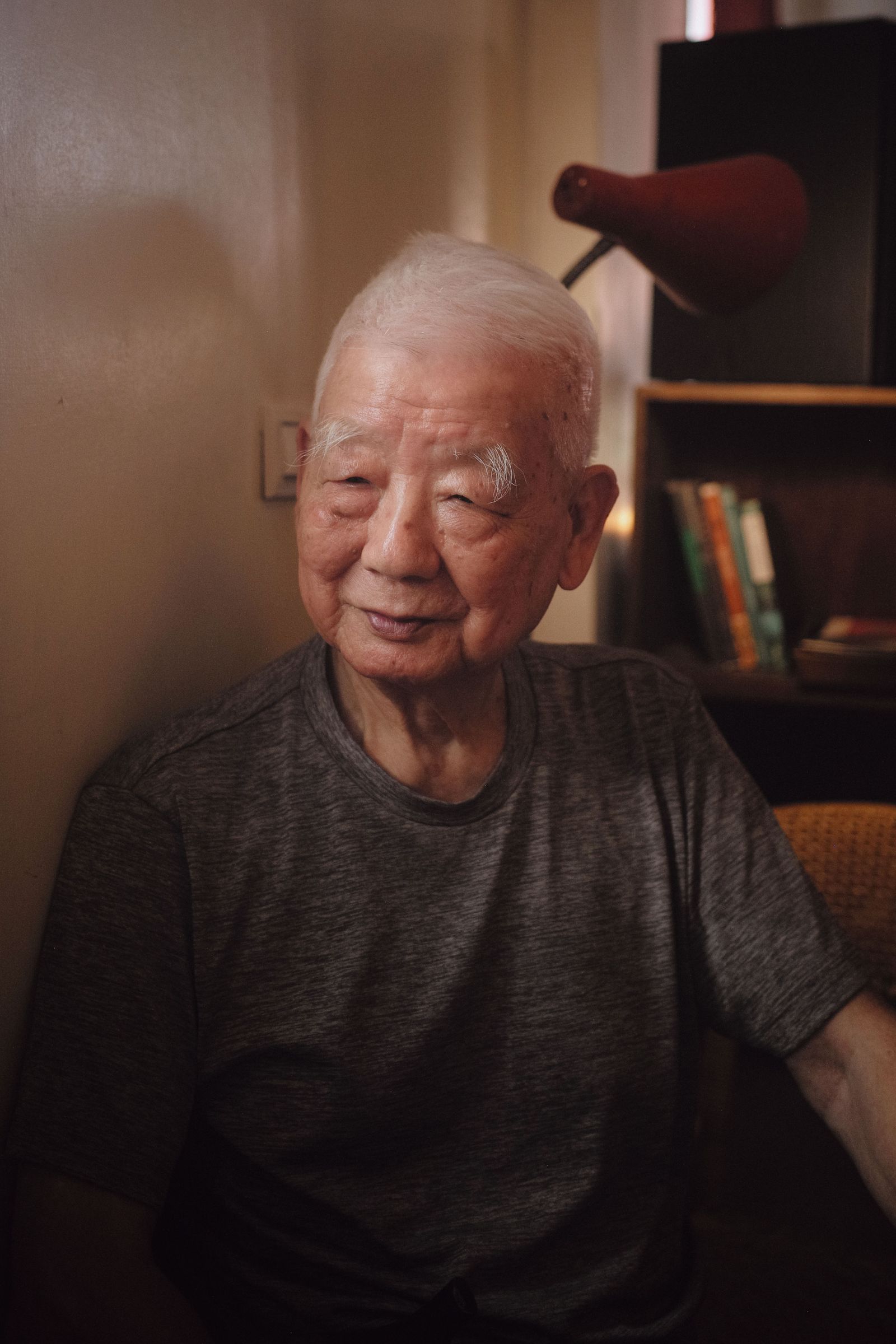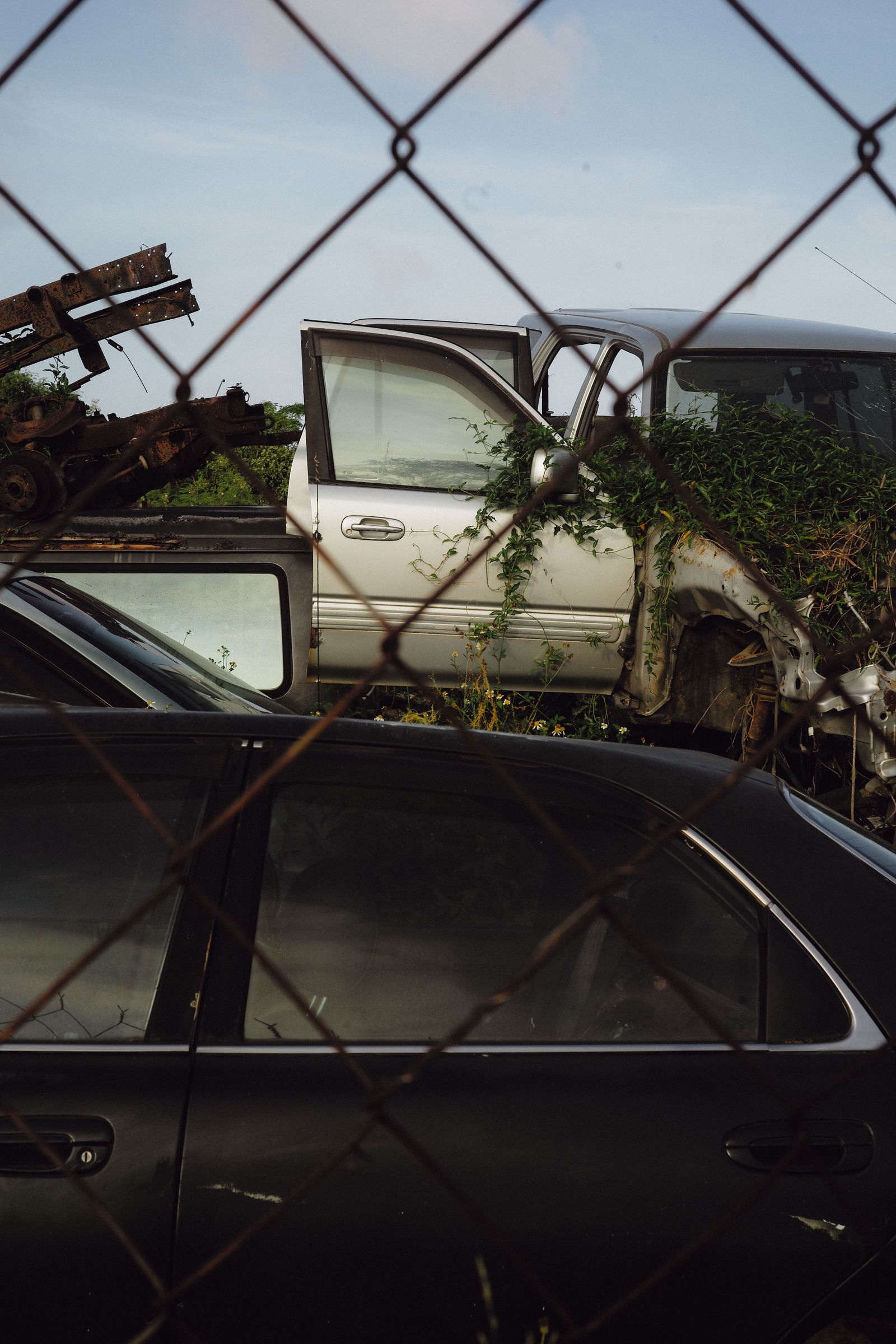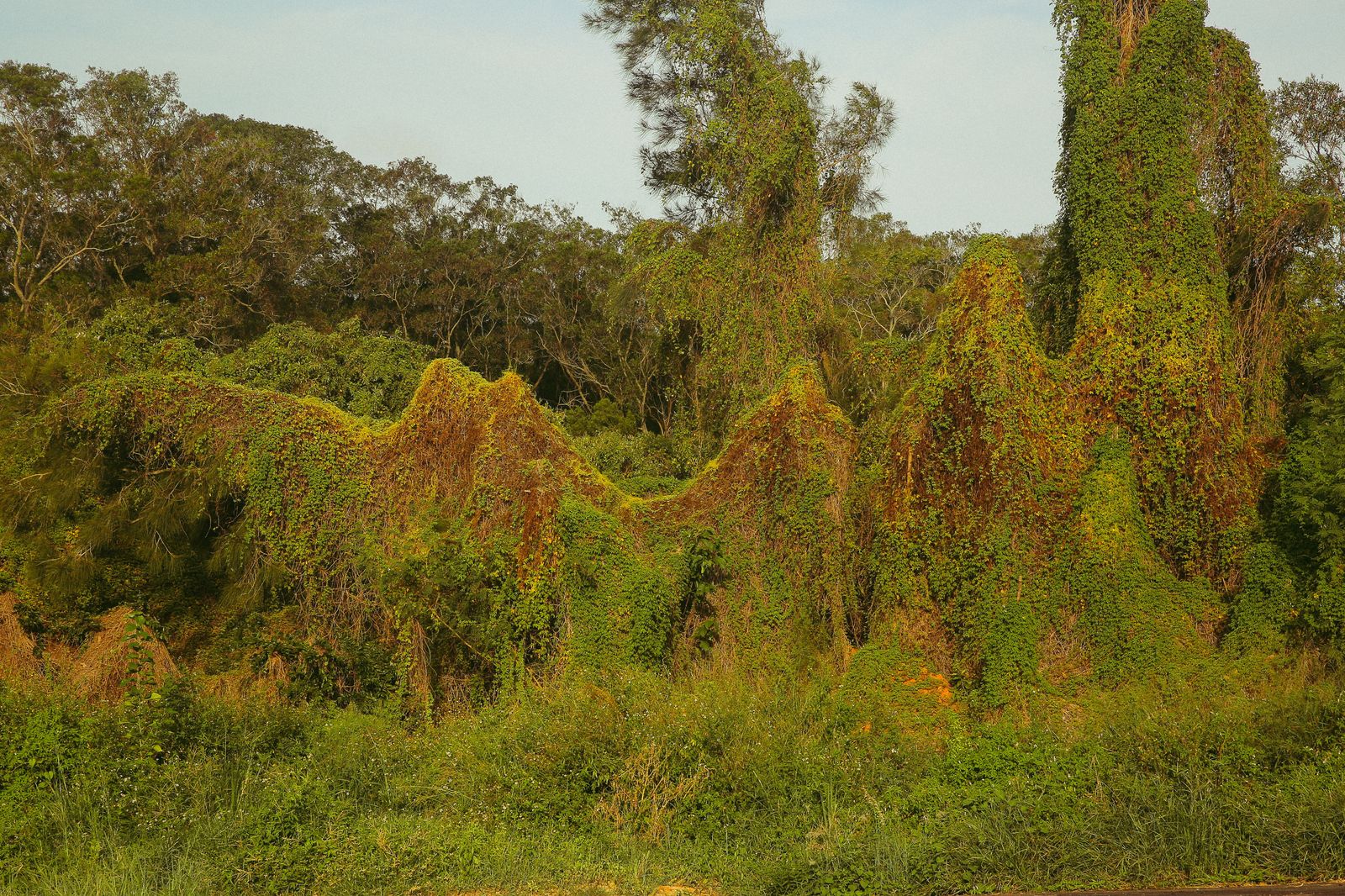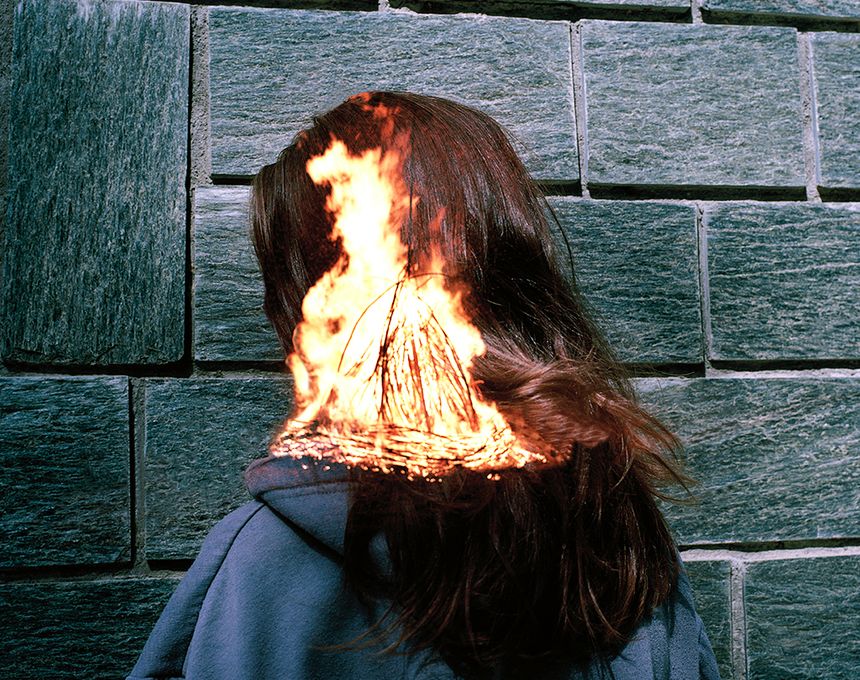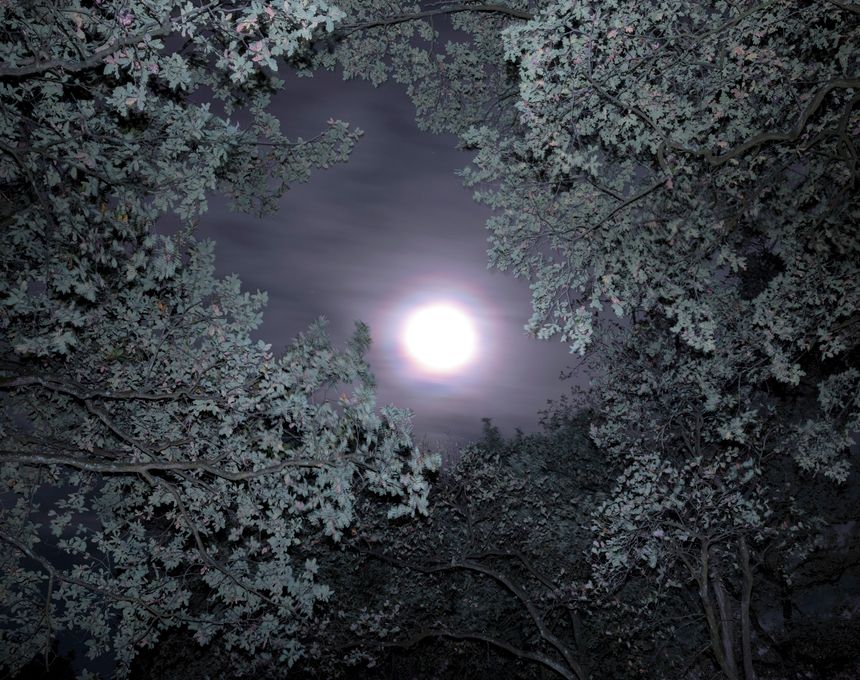Until 1992
-
Dates2020 - Ongoing
-
Author
Kinmen County, a small group of Taiwan-controlled islands perched a few miles away from the Chinese coast, is scarred by the vestiges of civil conflict: the sleepy islands are still marked by beach barricades, bomb shelters and bullet-ridden buildings even though it has been decades since the Chinese artillery last barraged the island.
Today, a new Cold War is brewing between China and Taiwan and the United States, with Kinmen again on the frontline. The renewed tensions have sharpened questions of identity for today’s young Kinmenese, who often say they feel neither Taiwanese nor Chinese, but are stuck in the middle of a great power struggle.
The fate of Kinmen depends on sweeping world politics, but this project aims to go deeper and asks personal questions about how lives on Kinmen are lived, memories are recalled, and identities are formed. It’s a microcosm for Taiwan, which is also facing generational shifts in identity and politics 70 years after a civil war with China.
The answers to those questions are complicated. Despite decades of fighting, Kinmen’s slumping economy depends more than ever on Chinese tourists, but also on drinking water from China. Many older Kinmenese don’t want a return to fighting, they favor making money with China, and distrust Taiwan’s political leaders. But the young generation feels deeply torn. They fear unification with China and losing their freedom, but also struggle to identify with Taiwan.
PHmuseum 2020 Women Photographers Grant will help to give generations of Kinmenese a voice and explore how a tiny community wrestles with how to deal with China. On a broader scale, this project is set in the context of a historic and tense moment in China’s rise. Interviews by Taiwanese pollsters and journalists have indicated that because of Kinmen’s very remote location and politics, the majority of Taiwanese people are not concerned about the fate of Kinmen. The Kinmenese deserve to be heared.
This long-form documentary photo project is ongoing. As a fluent Chinese speaker, I have made a two week-long trip, interviewed locals and intend to make additional trips to build deeper connections with subjects. I will focus on making portraits of subjects in various historical and military settings, as well as seeking out and photographing historical artefacts and propaganda materials. Furthermore, the geographical location of Kinmen will be photographed with the use of a drone, which marks the start of decades long conflict.
The images will be created with the goal of publication in magazines in Asia and beyond. Other media could include audio recordings of propaganda broadcasts, such as the ones that Communist China would blare at Kinmen from a seaside tower: “Dear Kinmen brothers, we’re the motherland. Come back to us across the sea. Blood is thicker than water.” Conversation about an exhibition at Viva villages goods, Kinmen with founder Wang Ling are happening.


